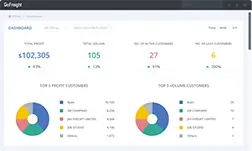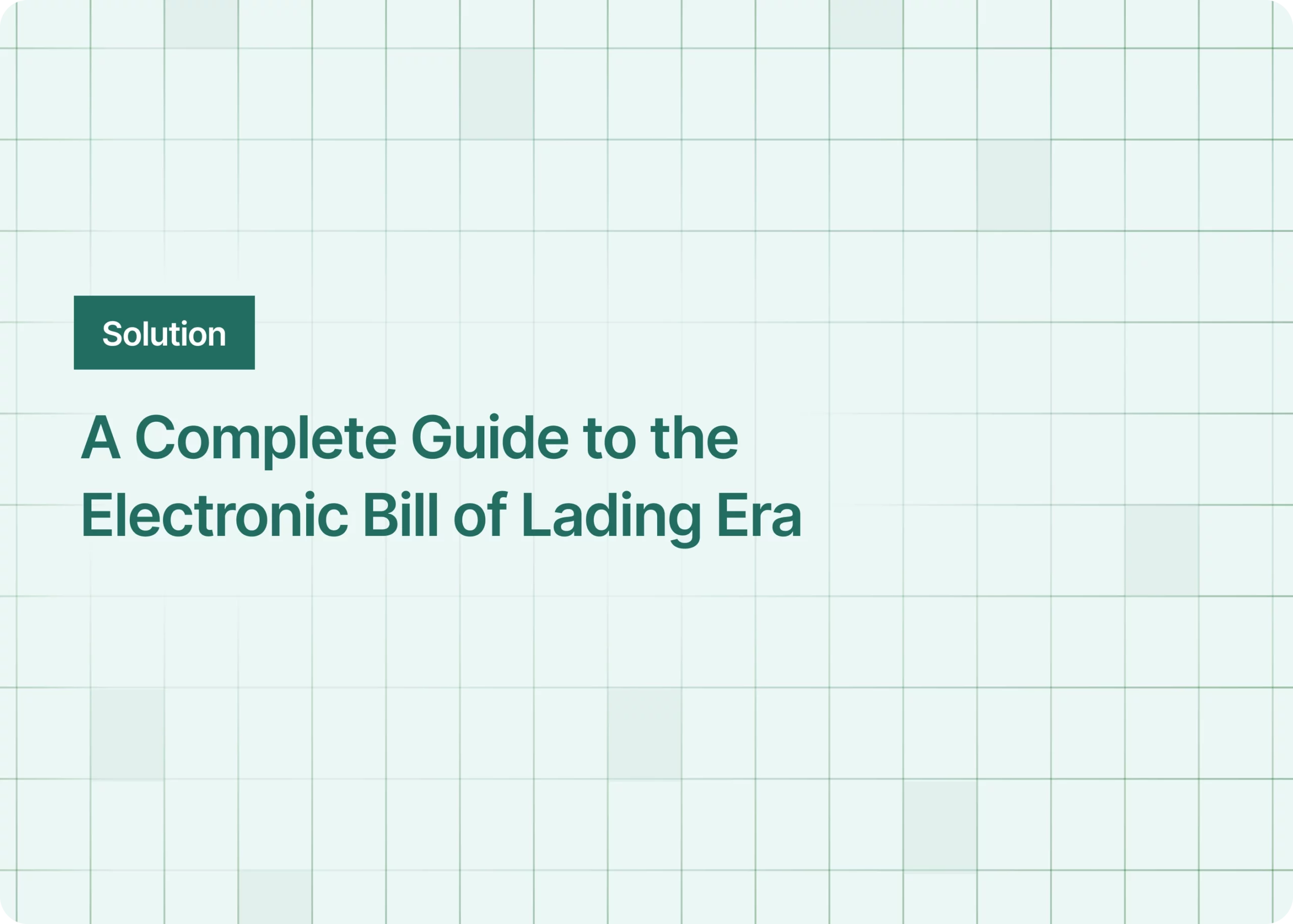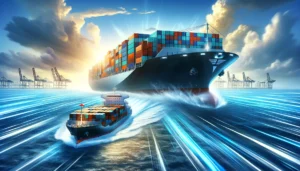According to the Digital Container Shipping Association, achieving 50% adoption of electronic bills of lading could save the container shipping industry more than $4 billion per year. This rate of adoption is expected to be reached by 2030. Aside from the cost savings, imagine not having to sort through paperwork and filing cabinets.
Recognizing the benefits of adopting electronic bills of lading, industry leaders are only more likely to push towards this digital transformation. If the paper bills of lading is more or less going to be replaced, it makes sense to take advantage of the new opportunities that come with using an electronic bills of lading.
What is an electronic bills of lading?
An electronic bills of ladings has the same legality and functions as a paper bills of lading. You can learn more about what a bills of lading is here, but it rudimentary
performs three functions.
- Receipt confirmation for the shipments
- Evidence of carriage contract
- A document of title
While the first two functions have already been seen in digital forms, the third function may be more difficult to replicate online. What is the reason for this?
There are some concerns about legal enforceability. The Hague-Visby Rules, which were last updated in 1979, have not clarified whether an electronic bills of lading has the same legal power as a paper one.
However, with new emerging technologies, such as peer-to-peer, distributed ledger technology, and blockchain, the barriers to adopting electronic bills of lading can be overcome. These technologies eliminate the possibility of an attack or failure that would jeopardize the bills of lading’s uniqueness or originality.
What are the advantages of electronic bills of lading?
There are several advantages to using an electronic bills of lading:
- Shorten the billing process: Because a paper bills of lading must be printed, packaged, shipped, and waited on for a response, it can add days or even weeks to the forwarding process. If the paper bills of lading is damaged during the process, the issuance of a replacement can result in significant delays and disruptions for businesses.
- Reduce the possibility of fraud: Electronic signatures and PINs make forging an electronic bills of lading more difficult.
- Increase efficiency: Eliminate the manual process of creating a bills of lading. Fields will be auto-populated with pre-saved information, preventing human errors.
- Transparency: Parties have access to information immediately at their fingertips at any time.
Where are we now?
For paperless bills of lading, you will need to implement electronic bills of lading software. The International Group of P&I Clubs has approved four electronic bills of lading software systems for use: Bolero, CargoDocs, e-title, and edoxOnline.
To replicate the law behind paper bills of lading, all of these electronic bills of lading software require users to sign a multi-party contract. However, there is a drawback in that if one of the parties does not use electronic bills of lading software, a paper bills of lading must be issued. This would nullify the advantages of electronic bills of lading. There may be less incentive to sign up for these systems until there is a sufficient number of electronic bills of lading system users.
The Upcoming Future
Despite decades of slow adoption, electronic bills of lading systems are expected to grow significantly in the coming years. Due to the pandemic, which has made obtaining paper bills of lading extremely difficult, carriers have resorted to only issuing electronic bills of lading. One of the driving forces behind the standardization of electronic bills of lading has been the pandemic.
If you are a freight forwarder or a NVOCC agent
You may have learned about the advantages of paperless operations from this article or your own experience, such as operation automation and reduced manual time-consuming tasks. As you are aware, a bills of lading is not the only document required in the shipping process; other documents such as ISF and AMS are also required. Instead of paying for multiple systems to handle different types of documents, you can use an all-in-one freight forwarding software like GoFreight to meet all of your digitalization needs.
If you are looking to digitalize your business and accelerate your growth, feel free to contact GoFreight experts to learn more about how GoFreight can help you!







